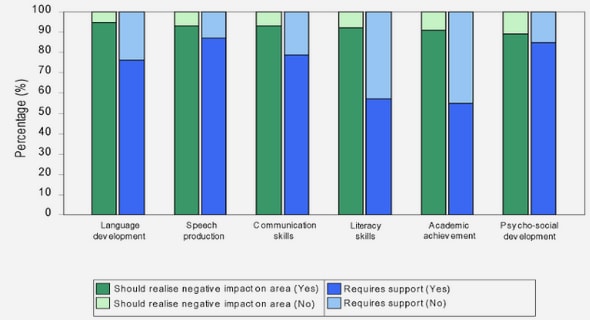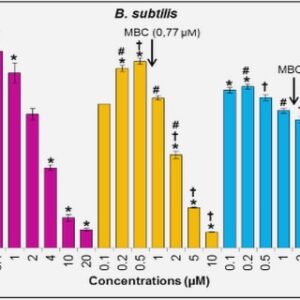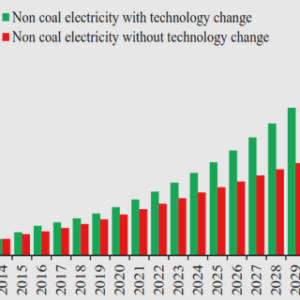(Downloads - 0)
For more info about our services contact : help@bestpfe.com
Table of contents
1 Introduction
2 A broad overview of Active Galactic Nuclei
2.1 Historical discovery
2.2 The complex composition of AGN
2.2.1 The supermassive black hole (SMBH)
2.2.2 Accretion onto SMBH
2.2.3 The hot corona
2.2.4 The Broad Line Regions (BLRs)
2.2.5 Circumnuclear obscuration
2.2.6 Outowing polar winds (UFO, NLR, WA)
2.2.7 Jet emission
2.2.8 AGN feedback
2.3 The unied scheme
3 Exploring AGN using polarimetry
3.1 Theory of polarization
3.1.1 Principles
3.1.2 Stokes formalism
3.1.3 Mueller matrices
3.2 Polarization mechanisms from the optical to the X-ray band
3.2.1 Thomson scattering
3.2.2 Rayleigh scattering
3.2.3 Compton scattering
3.2.4 Inverse Compton scattering
3.2.5 Mie scattering
3.2.6 Dichroic extinction
3.2.7 Resonant scattering
3.2.8 Raman eect
3.2.9 Bremsstrahlung
3.2.10 Atomic recombination
3.2.11 Fluorescent emission
3.3 stokes: Radiative transfer and polarization
3.3.1 Radiative transfer
3.3.2 The Monte Carlo method
3.3.3 Past – Overview of the code’s rst version
3.3.4 Present – Improvements
3.3.5 Future – Pushing forward the code’s limits
4 Polarization signature induced by multiple scattering in complex AGN models
4.1 Polarization signatures of individual reprocessing regions
4.1.1 Obscuring, dusty tori
4.1.2 Ionized out ows
4.1.3 NLRs
4.1.4 Radiation-supported disk
4.2 Exploring the radiative coupling between two reprocessing regions
4.2.1 Equatorial scattering disk and electron-lled outows
4.2.2 Radiation-supported disk and obscuring torus
4.2.3 Electron polar outows and obscuring torus
4.3 Modeling a three-component AGN
4.3.1 Spectral modeling results
4.3.2 Wavelength-integrated polarization images
4.3.3 The impact of geometry and optical depth
4.4 A step further by including dusty polar outows
4.4.1 Spectropolarimetric signatures
4.4.2 Wavelength-integrated polarization maps
4.4.3 Extensive grids of parameters
4.5 Summary and discussion
4.5.1 Comparison with previous modeling work
4.5.2 Polarization at type-1 and type-2 viewing angles
4.5.3 Constraining particular AGN classes
4.5.4 More general geometries for the reprocessing regions
5 The continuum polarization of NGC 1068
5.1 A model of NGC 1068 from broadband observations
5.1.1 The correlation between the optical depth of dust and hydrogen
5.1.2 Asymmetric model setup
5.2 UV and optical continuum polarization of NGC 1068
5.2.1 Spectropolarimetric and imaging results
5.2.2 Comparison with observations
5.2.3 Investigating the dependence on the azimuthal angle
5.2.4 Importance of the dust grain model
5.3 Summary and discussion
5.3.1 The complex geometry of the outows in NGC 1068
5.3.2 Fragmentation of the winds
5.3.3 Detection of circular polarization in NGC 1068
6 Exploring the circular polarization induced by AGN tori
6.1 Producing circular polarization
6.1.1 Circular polarization from multiple scattering
6.1.2 Spectropolarimetric signatures of the torus
6.1.3 Circular polarization emerging from dierent dust grain models
6.2 Comparison with the circular polarization in NGC 1068
6.3 Summary and discussion
6.3.1 Other mechanisms responsible for optical circular polarization
6.3.2 Fragmented tori
7 Enhancing the complexity with fragmented reprocessing media
7.1 Hints for clumpy structures in AGN
7.2 Impact of fragmentation on the polarization signature of individual reprocessing regions
7.2.1 Building a fragmented model
7.2.2 Clumpy torus model
7.2.3 Fragmented polar outows
7.2.4 Disrupted accretionow
7.3 AGN modeling with clumpy structures
7.4 Summary and discussion
7.4.1 Further modeling
7.4.2 An alternative solution to fragmentation
8 Investigating disk-born winds
8.1 Model geometry
8.2 The warm, highly ionized medium
8.2.1 Testing the electron-dominated outows
8.2.2 Exploring dierent bending and opening angles of the wind
8.3 Dust in the wind
8.3.1 A pure absorbing wind model
8.3.2 BAL obscured outows
8.4 A two-phase medium
8.4.1 Modeling two-phase outows
8.4.2 Investigating dierent opening angles
8.4.3 Exploring a range of dust optical depths
8.5 Summary and discussion
8.5.1 Discriminating between dierent wind models
8.5.2 Polarization upper limits from Seyfert-atlases
8.5.3 The test case of the Seyfert galaxy NGC 5548
8.5.4 The morphology of the outow in IC 5063
8.5.5 The tilted outow of NGC 1068
9 X-ray polarimetry: the complementarity of multi-wavelength observations 169
9.1 AGN modeling from the optical to the X-ray domain
9.1.1 Results for the optical/UV band
9.1.2 Results for the X-ray band
9.2 Is X-ray polarimetry powerful enough to discriminate between absorption and reection scenarios in type-1 Seyfert galaxies?
9.2.1 Exploring models for MCG-6-30-15
9.2.2 Exploring models for NGC 1365
9.3 Overview of the X-ray polarimeter possibilities
9.3.1 Technology: how to measure X-ray polarization?
9.3.2 Past X-ray mission proposals (including a polarimeter)
9.3.3 Observational prospects for MCG-6-30-15 and NGC 1365
9.4 Summary and discussion
9.4.1 Rening the absorption and relativistic modeling
9.4.2 Polarization measurement across the iron line
10 Conclusions and perspectives
10.1 Brief overview of the results
10.2 Towards more sophisticated models
10.3 Scaling down to X-ray binaries
Appendix
A Acronyms
B Polarization induced by magnetic elds
B.1 Synchrotron radiation
B.2 Faraday rotation
B.3 Zeeman eect
B.4 Han



